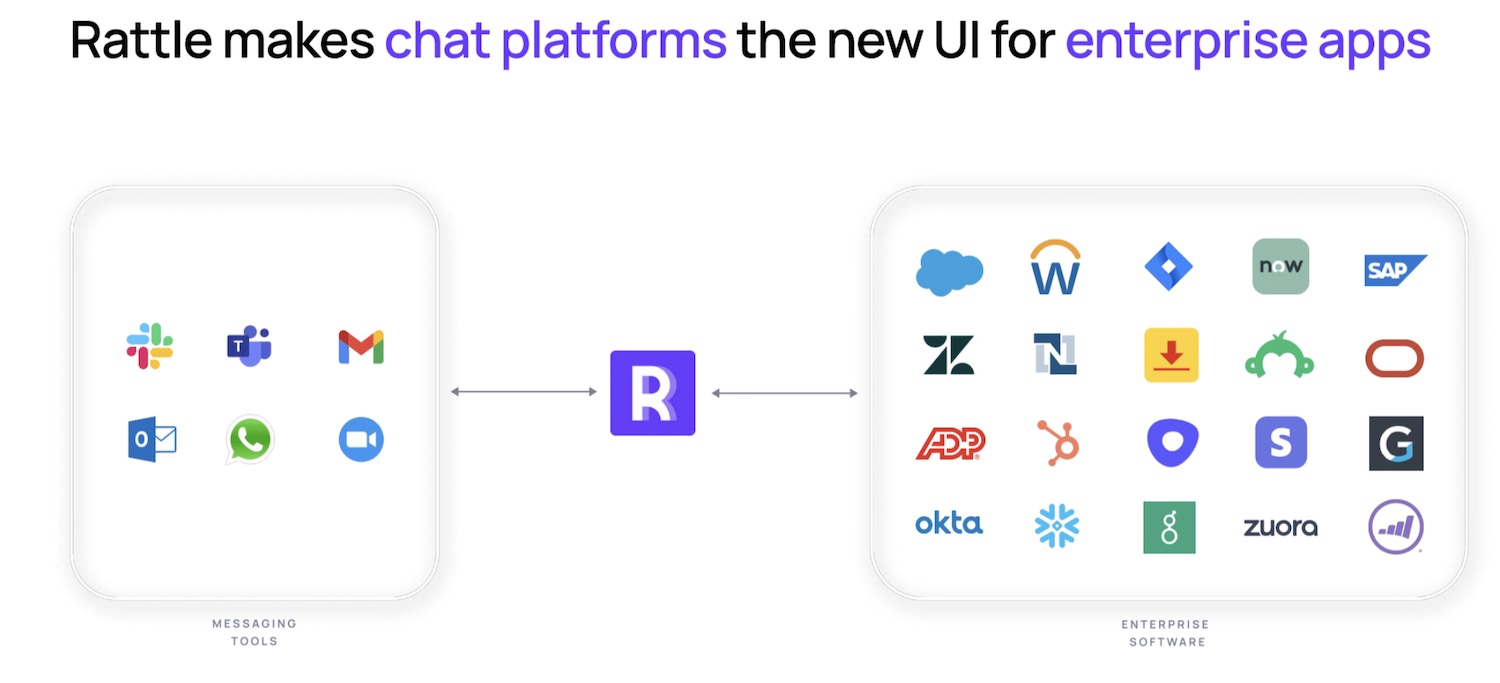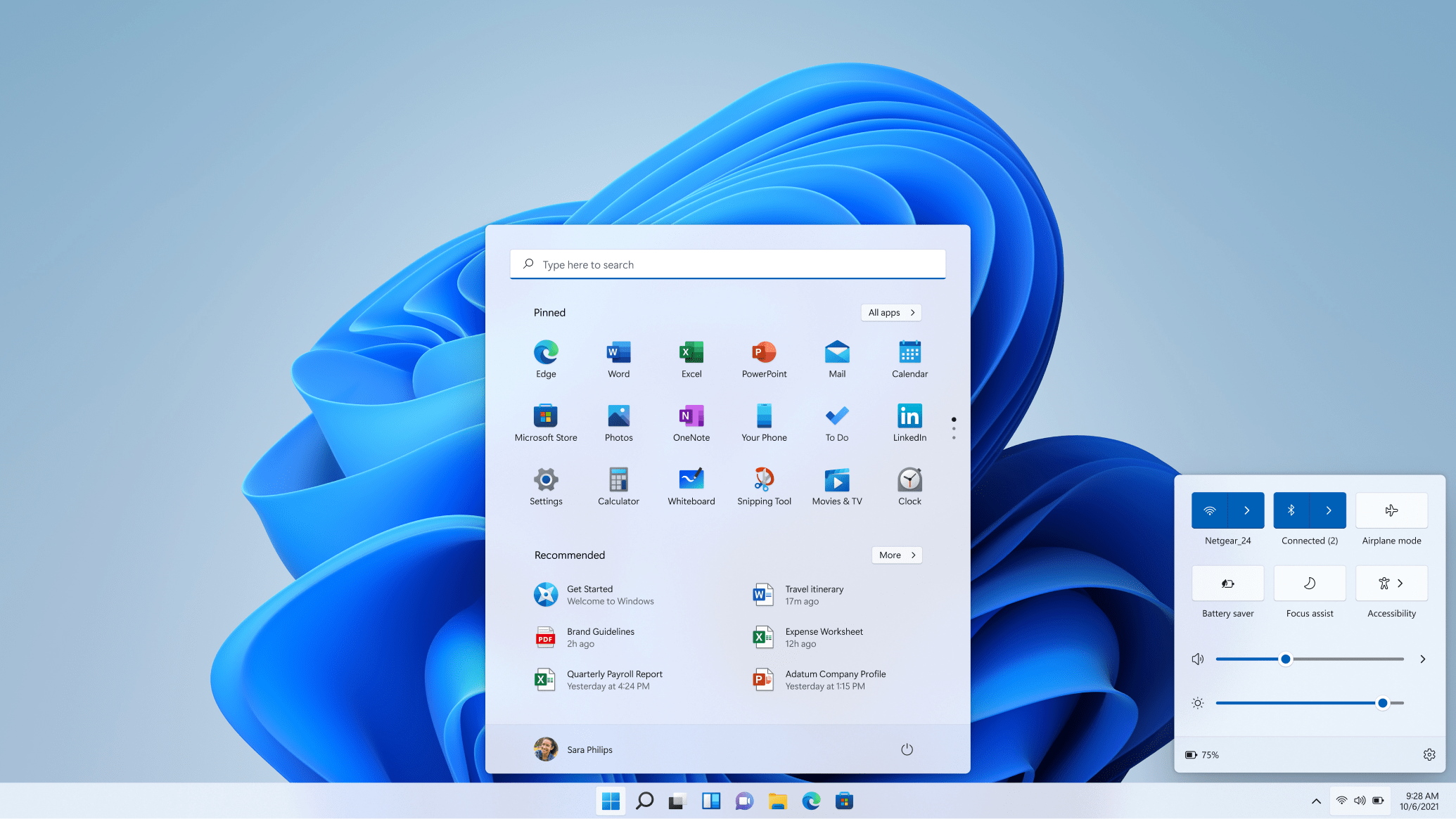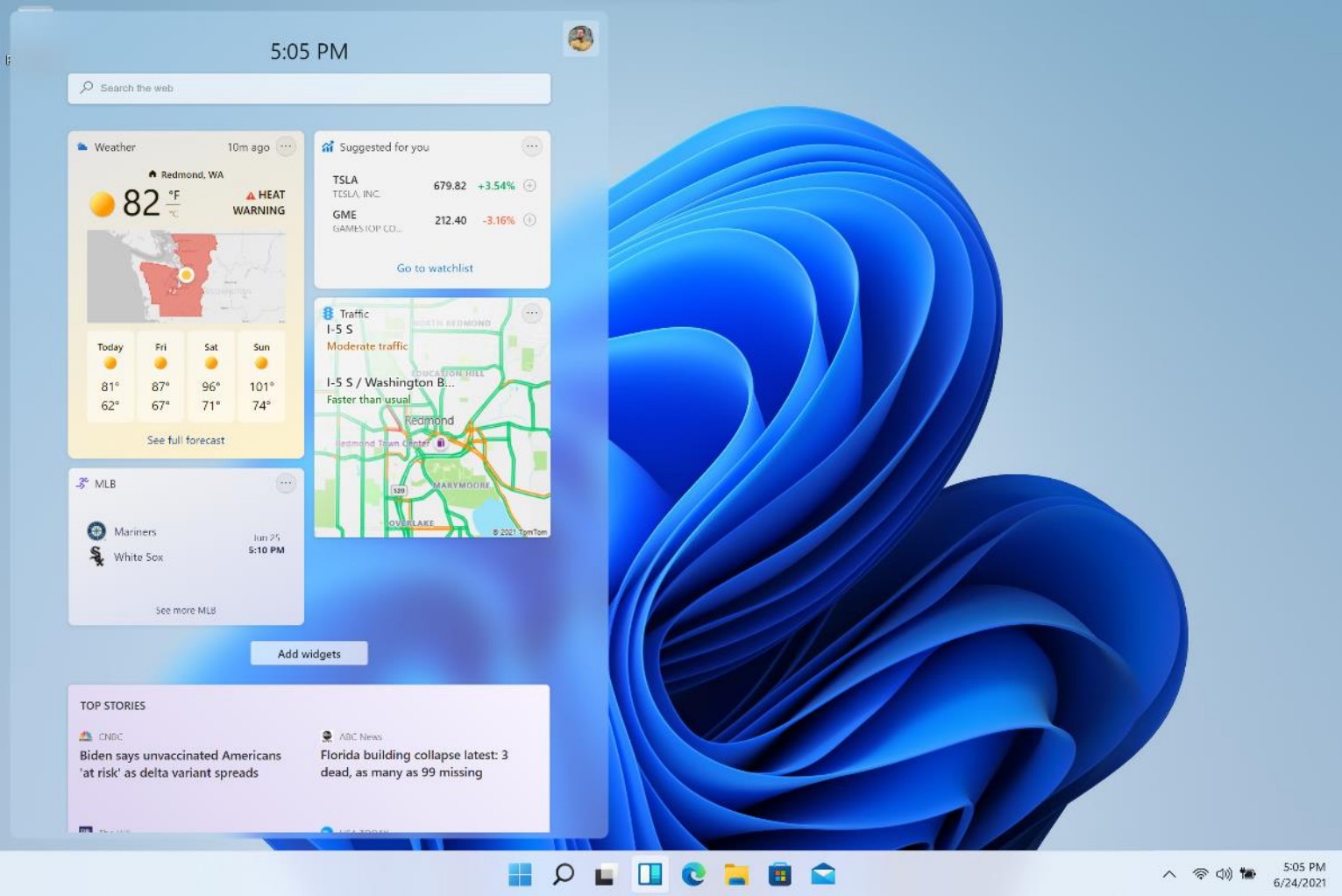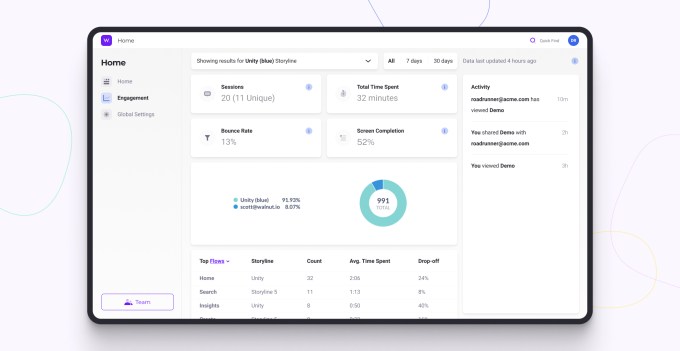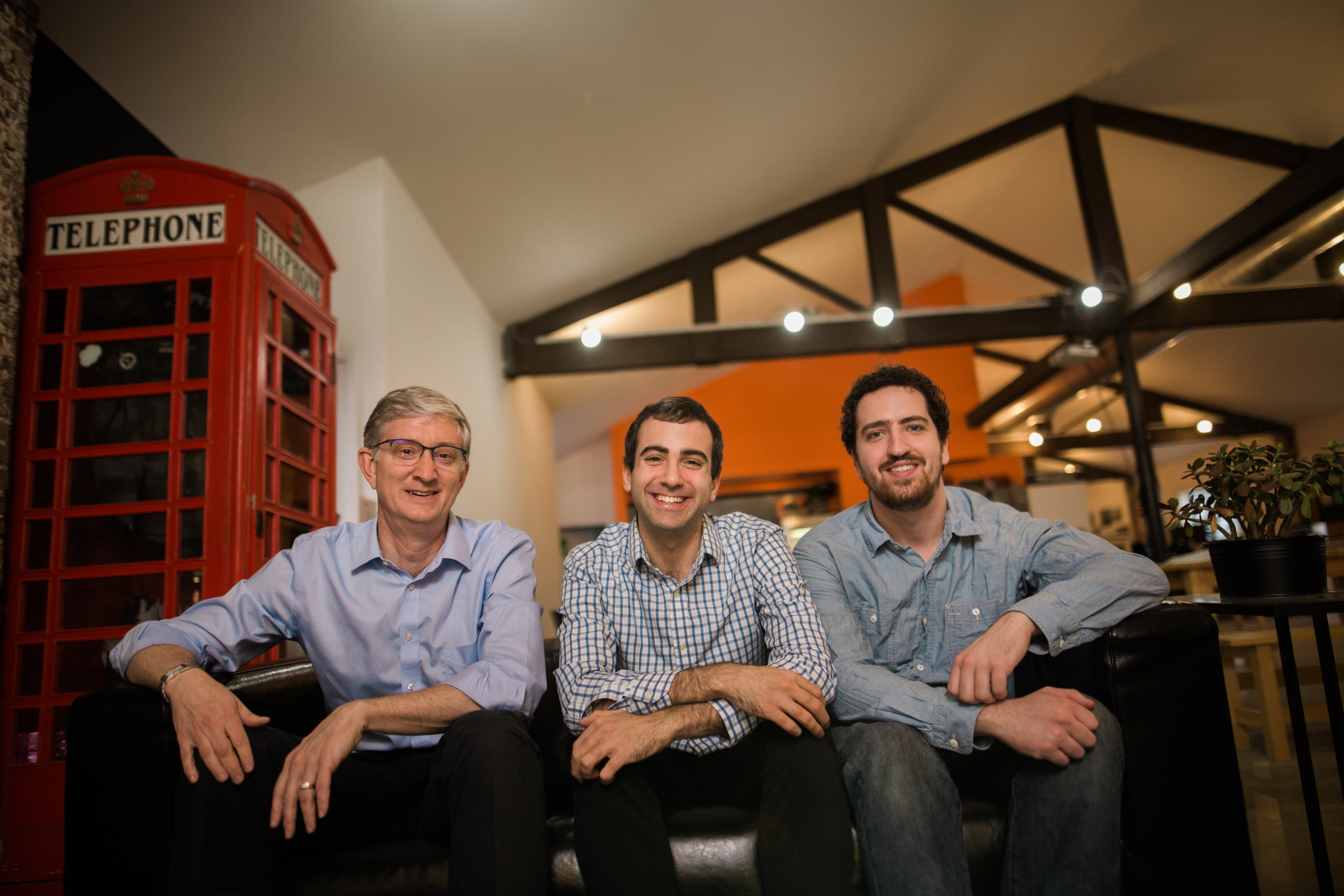- August 31, 2021
- by:
- in: Blog
As artificial intelligence continues to weave its way into more enterprise applications, a startup that has built a platform to help businesses, especially non-tech organizations, build more customized AI decision making tools for themselves has picked up some significant growth funding. Peak AI, a startup out of Manchester, England, that has built a “decision intelligence”
As artificial intelligence continues to weave its way into more enterprise applications, a startup that has built a platform to help businesses, especially non-tech organizations, build more customized AI decision making tools for themselves has picked up some significant growth funding. Peak AI, a startup out of Manchester, England, that has built a “decision intelligence” platform, has raised $75 million, money that it will be using to continue building out its platform as well as to expand into new markets, and hire some 200 new people in the coming quarters.
The Series C is bringing a very big name investor on board. It is being led by SoftBank Vision Fund 2, with previous backers Oxx, MMC Ventures, Praetura Ventures, and Arete also participating. That group participated in Peak’s Series B of $21 million, which only closed in February of this year. The company has now raised $118 million; it is not disclosing its valuation.
(This latest funding round was rumored last week, although it was not confirmed at the time and the total amount was not accurate.)
Richard Potter, Peak’s CEO, said the rapid follow-on in funding was based on inbound interest, in part because of how the company has been doing.
Peak’s so-called Decision Intelligence platform is used by retailers, brands, manufacturers and others to help monitor stock levels, build personalized customer experiences, as well as other processes that can stand to have some degree of automation to work more efficiently, but also require sophistication to be able to measure different factors against each other to provide more intelligent insights. Its current customer list includes the likes of Nike, Pepsico, KFC, Molson Coors, Marshalls, Asos, and Speedy, and in the last 12 months revenues have more than doubled.
The opportunity that Peak is addressing goes a little like this: AI has become a cornerstone of many of the most advanced IT applications and business processes of our time, but if you are an organization — and specifically one not built around technology — your access to AI and how you might use it will come by way of applications built by others, not necessarily tailored to you, and the costs of building more tailored solutions can often be prohibitively high. Peak claims that those using its tools have seen revenues on average rise 5%; return on ad spend double; supply chain costs reduce by 5%; and inventory holdings (a big cost for companies) reduce by 12%.
Peak’s platform, I should point out, is not exactly a “no-code” approach to solving that problem — not yet at least: it’s aimed at data scientists and engineers at those organizations so that they can easily identify different processes in their operations where they might benefit from AI tools, and to build those out with relatively little heavy lifting.
There have also been different market factors that have also played a role. Covid-19, for example, and the boost that we have seen both in increasing “digital transformation” in businesses, and making e-commerce processes more efficient to cater to rising consumer demand and more strained supply chains, have all led to businesses being more open to and keen to invest in more tools to improve their automation intelligently.
This, combined with Peak AI’s growing revenues, is part of what interested SoftBank. The investor has been long on AI for a while, but it has been building out a section of its investment portfolio to provide strategic services to the kinds of businesses that it invests in. Those include e-commerce and other consumer-facing businesses, which make up one of the main segments of Peak’s customer base. Notably, one of its big, recent investments specifically in that space was made earlier this year also in Manchester, when it took a $730 million stake (with potentially $1.6 billion more down the line) in The Hut Group, which builds software for and runs D2C businesses.
“In Peak we have a partner with a shared vision that the future enterprise will run on a centralized AI software platform capable of optimizing entire value chains,” Max Ohrstrand, senior investor for SoftBank Investment Advisers, said in a statement. “To realize this a new breed of platform is needed and we’re hugely impressed with what Richard and the excellent team have built at Peak. We’re delighted to be supporting them on their way to becoming the category-defining, global leader in Decision Intelligence.”
It’s not clear that SoftBank’s two Manchester interests will be working together, but it’s an interesting synergy if they do, and most of all highlights one of the firm’s areas of interest.
Longer term, it will be interesting to see how and if Peak evolves to be extend its platform to a wider set of users at the organizations that are already its customers.
Potter said he believes that “those with technical predispositions” will be the most likely users of its products in the near and medium term. You might assume that would cut out, for example, marketing managers, although the general trend in a lot of software tools has precisely been to build versions of the same tools used by data scientists for these tell technical people to engage in the process of building what it is that they want to use. “I do think it’s important to democratize the ability to stream data pipelines, and to be able to optimize those to work in applications,” he added.



